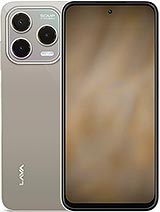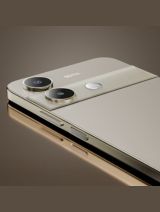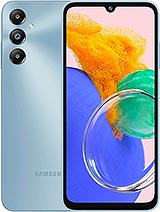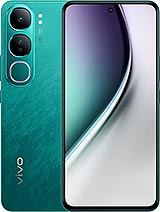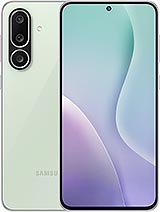Lava Yuva 4 4G alternatives
Tap above to see alternatives.
Motorola Edge 60 Fusion alternatives
Tap above to see alternatives.
Lava Yuva 4 4G

Lava Yuva 4 4G
-
Unisoc T606
12 nm
-
5000 mAh
10W
-
6.56"
720 x 1612 pixels
-
50 MP
1080p@30fps
- Specs
Motorola Edge 60 Fusion

Motorola Edge 60 Fusion
-
Dimensity 7400
4 nm
-
5500 mAh
68W
-
6.67"
1220 x 2712 pixels
-
50 MP
4K@30fps
-
Specs

2x1.6 GHz Cortex-A75
6x1.6 GHz Cortex-A55
4x2.6 GHz Cortex-A78
4x2.0 GHz Cortex-A55
4GB 128GB (UFS 2.2)
12GB 256GB (UFS 2.2)
(wide), AF
VGA
Auxiliary lens
f/1.8, (wide), 1/1.56", 1.0µm, dual pixel PDAF, OIS
13 MP
f/2.2, 120˚ (ultrawide), 1/3.0", 1.12µm, AF
1080p@30/60/120/240fps
f/2.2, (wide), 1/3.14", 0.7µm
1080p@30fps
SIM1: Nano, SIM2: Nano
SIM1: Nano, SIM2: Nano (Hybrid)
FDD: N1, N2, N3, N5, N8, N28
TDD: N38, N40, N41, N77, N78
FDD: N1, N2, N3, N5, N8, N28
TDD: N38, N40, N41, N77, N78
In this performance comparison, the Motorola Edge 60 Fusion with its MediaTek Dimensity 7400 (4nm) performs better than the Lava Yuva 4 4G with the Unisoc Unisoc T606 (12nm), thanks to superior chipset efficiency.
Motorola Edge 60 Fusion offers 3 years of OS updates, whereas Lava Yuva 4 4G provides 1 years. For security updates, Motorola Edge 60 Fusion offers 4 years of support compared to Lava Yuva 4 4G's 2 years.
Motorola Edge 60 Fusion features a superior AMOLED display, while Lava Yuva 4 4G comes with an LCD panel. In terms of smoothness, Motorola Edge 60 Fusion offers a higher 120 Hz refresh rate, ensuring fluid scrolling and animations. Both devices deliver the same brightness level at nits. Notably, Motorola Edge 60 Fusion offers a higher screen resolution, resulting in sharper visuals and more detailed content.
Motorola Edge 60 Fusion features a larger 5500 mAh battery, potentially delivering better battery life. Motorola Edge 60 Fusion also supports faster wired charging at 68W, compared to 10W on Lava Yuva 4 4G.
Motorola Edge 60 Fusion includes an IP69 rating, while Lava Yuva 4 4G lacks an official IP rating.
- Motorola Edge 60 Fusion – Check price here
¹ Scores can vary even with the same chipset due to RAM, thermals, and software optimization.

